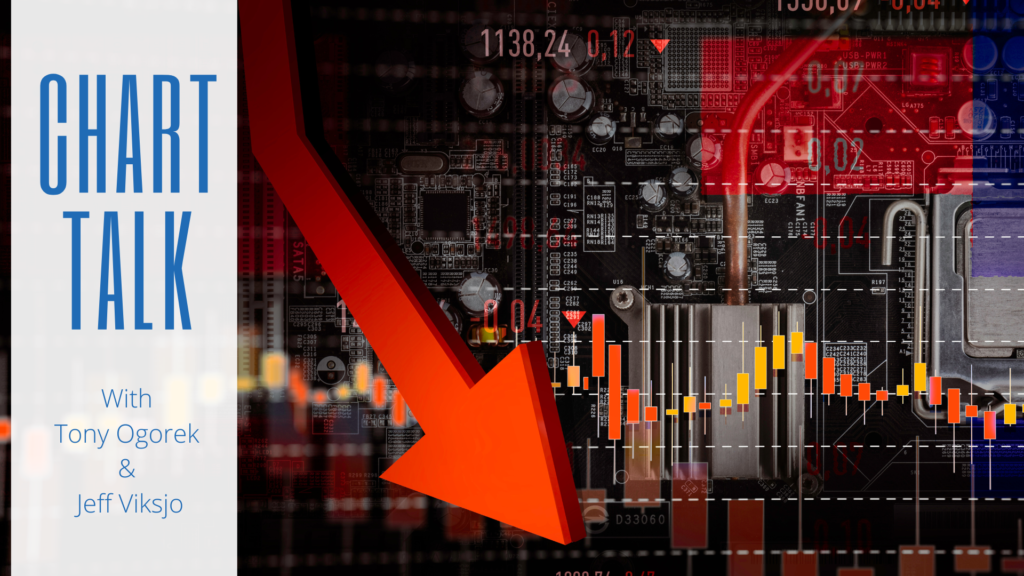How To Avoid Getting Killed Holding Bonds
Published on: 03/14/2023
In this edition of Chart Talk, Tony Ogorek and Jeff Viksjo discuss the relationship between the bond market and interest rates.
TRANSCRIPT
TONY:
Welcome to another edition of Chart Talk. I’m Tony Ogorek. I’m here with Portfolio Manager, Jeff Viksjo. And Jeff, today, we’re going to talk about how not to get annihilated in the bond market. And as you know, bonds are a loan which is given to people. It’s fundamentally different than a stock. But one of the main things that people need to be able to ascertain is the direction of interest rates. That’s really going to either help you to profit or get hit. So, let’s take a look at our first chart. This goes back to 1926. And what can you see here?
JEFF:
It’s a pretty remarkable chart in that you see the cycles lasting for almost exactly 40-years. We had a 40-year stretch where rates stayed just about range bound. Then we had a 40-year stretch where rates shot higher and ending in the 1980’s with Volcker and ending the inflationary that we saw. And now, Tony, for the last 40-years or so, not counting last year, we’ve had a steady decline in rates. So, depending on where rates are going, that’s the types of bonds you want to be in.
TONY:
Right. So, bottom line is, for most people’s investing lifetime, over the past 40-years or so, rates have been declining. Which means that bonds have been an attractive investment because even though the rate goes down, the capital gain, or the value of the bond, actually will increase.
And now Jeff, you’ll notice at the end of that, we’ve seen the Fed has been bumping up rates. And let’s take a look at our next slide, which shows how bonds have reacted during the increase in rates over the past year. And here, looking at different maturities, what can people take from this chart?
JEFF:
Yea, so the longest-term bonds, bonds that don’t mature for 20-years, they’re in purple, and they fell by about 30% last year. Next up is bonds that mature around 7 to 10-years, that’s in green, down 15%, still quite a lot. Shorter-term bonds in orange, were just 1 to 3-years, they fell only about 3%. And then the very shortest bonds, about 3-months, actually increased in value. And that just shows you, when interest rates are rising, you don’t want to be in the longer-term bonds. Because, essentially, what you’re doing is you’re locked into a below market yield for a lot longer. So, you don’t want to be in a low yield locked in for longer. You want to be able to re-invest at the higher rates. That’s what the 3-month was up for because yes rates shot higher, no big deal, the bond matures in 3-months and you can then re-invest.
TONY:
Ok. Thanks Jeff. And thank you for watching this edition of Chart Talk.
PLEASE SEE IMPORTANT DISCLOSURE INFORMATION HERE.


